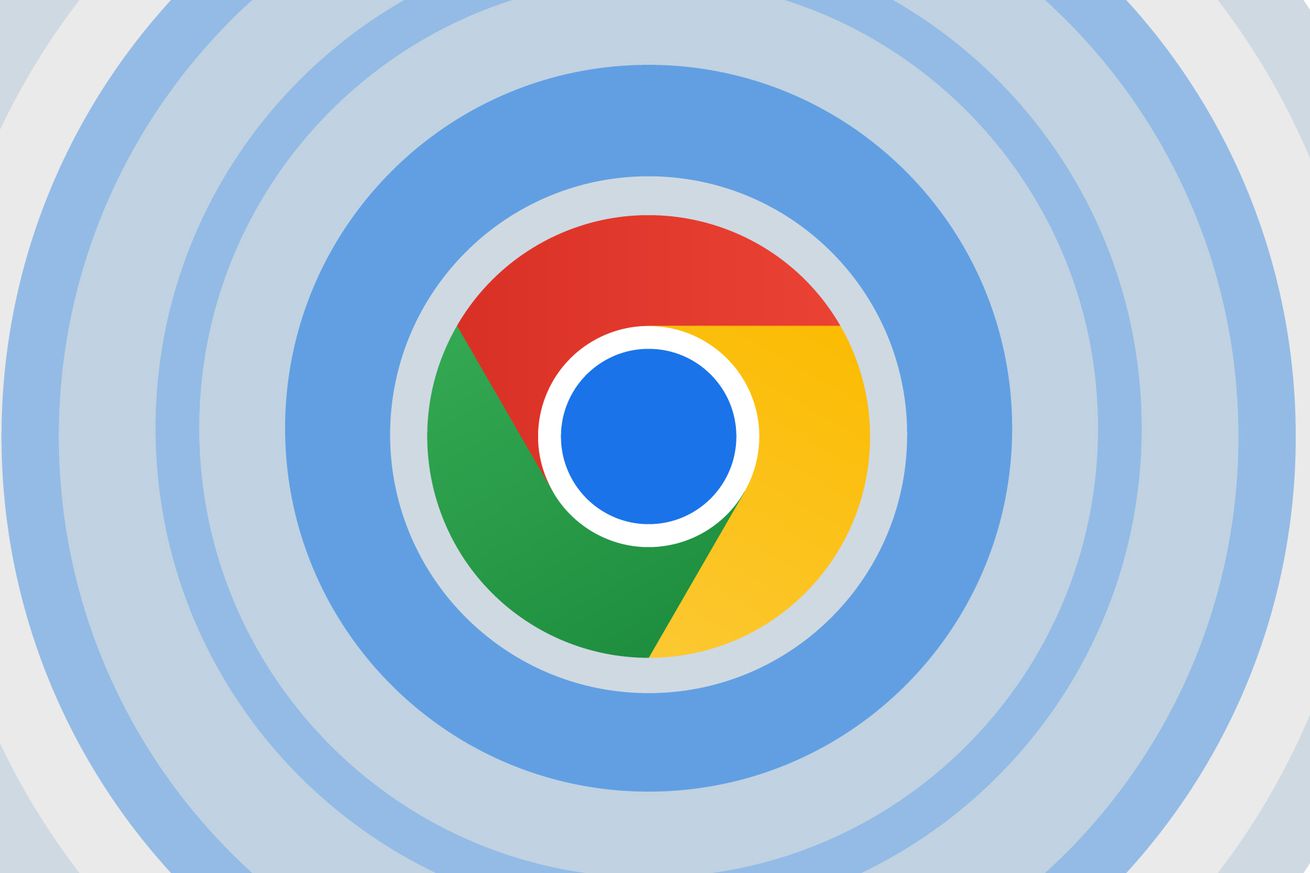
Google Chrome will now check for typos in your URLs and display suggested websites based on what it thinks you meant. The company announced the change as part of a larger accessibility update and says the feature will come to desktop first before arriving on mobile in the “coming months.”
I’m not seeing the feature on Chrome on macOS just yet, but it seems like a handy tool to make sure you’re getting to the right websites (and not those questionable ones you often land on when you misspell the name of a popular site).
/cdn.vox-cdn.com/uploads/chorus_asset/file/24666693/maps_wheelchair_accessibility.gif)
Image: Google
Additionally, Google revealed a few updates to its Live Caption feature that transcribes what someone’s saying in real time. Now, you’ll be able to type a response during a phone call and have it read aloud to your caller. While this feature is coming to the “latest” Pixel devices first, it will arrive on older Pixel phones and other Android devices later on. Google’s also rolling out an optimized captions box on Android tablets and will add Live Caption support for French, Italian, and German on the Pixel 4 and 5 as well as other Android devices.
There’s another useful update coming to Google Maps that makes its wheelchair-accessible icon visible to everyone. This previously wasn’t the case, as you had to opt in to Maps’ Accessible Places feature in order to see whether a place had a step-free entrance.
Lastly, Google announced a closed beta for a couple of new features within its Lookout app for users who are blind or have low vision. The AI-powered app can now process and generate descriptions of images regardless of whether or not they have alt text or captions. Users can then ask further questions about these images, which the app will attempt to answer using an advanced visual language model from Google DeepMind.

/cdn.vox-cdn.com/uploads/chorus_asset/file/24418649/STK114_Google_Chrome_02.jpg)